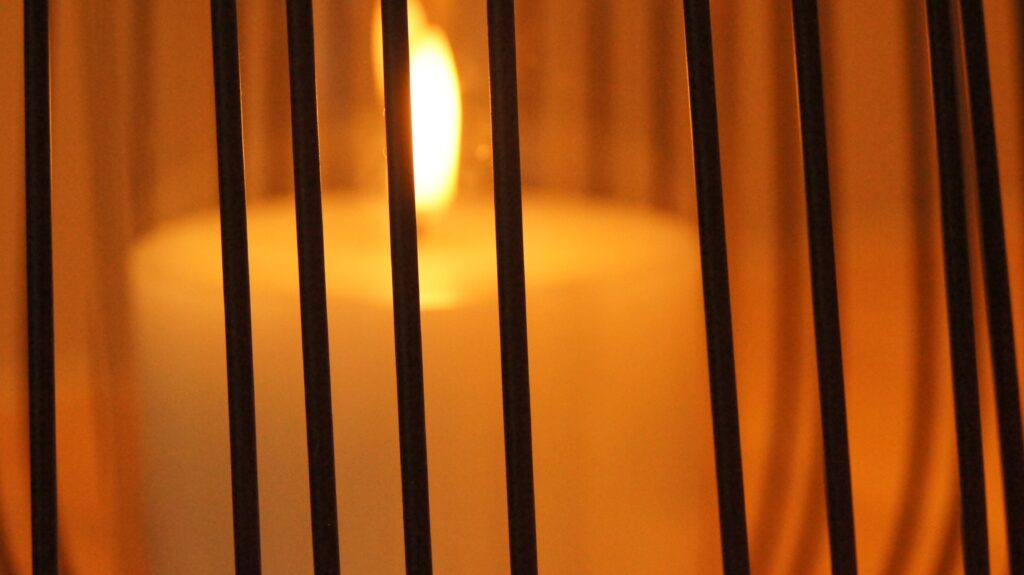Unlock the potential of your Romanian deadlift and maximize your gains by fixing these four common mistakes. Ever wondered why it’s called the Romanian deadlift? It’s named after Romanian weightlifter Nicu Vlad, known for his Olympic achievements in the ’80s and ’90s. Vlad used the Romanian deadlift as an accessory exercise to enhance his performance, and now you can benefit from it too. This variation provides constant tension and targets your hamstrings, glutes, and grip strength. But to make the most out of it, you need to avoid these four mistakes. Don’t worry, we’ll remind you of the correct form and help you optimize your Romanian deadlift for optimal results.

How to Do The Romanian Deadlift
The Romanian deadlift, or RDL for short, is a popular exercise that targets the hamstrings, glutes, and grip strength. It is named after Romanian weightlifter Nicu Vlad, an Olympic medalist known for performing this variation of the deadlift to improve his Olympic lifting performance. The RDL is loved by many because it provides constant tension as the barbell never leaves your hands or touches the ground. But in order to reap the maximum benefits from this exercise, it’s important to ensure proper form. Here’s a step-by-step guide on how to perform the Romanian deadlift:
- Set up the barbell in the squat rack at around hip height.
- Grip the barbell with an overhand grip, walk back three steps, and stand tall with your feet hip-distance apart.
- With your shoulders down, chest up, and core and glutes engaged, take a deep breath and hinge at the hips until the barbell is around the mid-shin level.
- The depth of the hinge will depend on your hip mobility and ability to maintain a neutral spine. It’s important to keep the barbell close to your body throughout the movement.
- Pause briefly at the bottom, then exhale and use your hamstrings and glutes to pull yourself back to the starting position.
By following these steps, you will be able to perform the Romanian deadlift with good form and minimize the risk of injury. Now, let’s take a look at what you need for good Romanian deadlift form.
What’s Needed For Good Romanian Deadlift Form
While there are various grips, foot positions, and variations of the Romanian deadlift with slight form variations, we’ll focus on the fundamental elements that contribute to good form. Here’s what you need to keep in mind:
- Hinging at the hips: Understanding the difference between hinging at the hips and rounding the lower back is crucial for any deadlift variation. If you lack the ability or understanding of this movement pattern, it’s best to seek guidance or avoid deadlift variations until you can perform them correctly.
- Engaged upper back and core: Keeping your upper back engaged and your core tight will help maintain a neutral spine throughout the movement. This is important for preventing lower back injuries.
- Joint pain considerations: The barbell Romanian deadlift locks you into a specific range of motion, and if you experience joint pain, it’s important not to push through it. There are other variations, such as dumbbell or band RDLs, that can be easier on the joints.
- Keeping the barbell close: Throughout the movement, it’s important to keep the barbell close to your legs. This ensures that you engage the intended muscles and maintain good form.
By focusing on these elements, you can ensure good Romanian deadlift form and maximize your results. Now, let’s address some common mistakes that you should avoid.

4 Common Romanian Deadlift Form Mistakes
When performing the Romanian deadlift, there are four common mistakes that can prevent you from getting the most out of the exercise. By being aware of these mistakes, you can make the necessary corrections and optimize your training. Here are the four mistakes to avoid:
- Rounding the lower back: One of the most common mistakes is rounding the lower back instead of hinging at the hips. This puts excessive stress on the spine and increases the risk of injury. Focus on maintaining a neutral spine throughout the movement.
- Using too much weight: It can be tempting to load up the barbell with heavy weights, but using too much weight compromises form and increases the risk of injury. Start with a weight that allows you to maintain proper form and gradually increase the load as you become stronger and more proficient.
- Neglecting the eccentric phase: The eccentric phase, which is the downward portion of the movement, is often overlooked. It’s important to control the descent and resist the weight as you lower it to the mid-shin level. Neglecting this phase can limit the benefits of the exercise and increase the risk of injury.
- Not engaging the glutes: The Romanian deadlift is an excellent exercise for targeting the glutes, but many people fail to properly engage these muscles. By consciously squeezing the glutes at the top of the movement, you can ensure that you’re getting the most out of the exercise and maximizing glute activation.
By avoiding these four common mistakes and focusing on maintaining good form, you’ll be able to maximize the benefits of the Romanian deadlift and achieve better results. Practice proper form, listen to your body, and gradually progress in weight and intensity to continue challenging yourself and reaching new goals.
In conclusion, the Romanian deadlift is a highly effective exercise for targeting the hamstrings, glutes, and grip strength. By following the correct form and avoiding common mistakes, you can unlock the full potential of this exercise and reap the rewards of stronger, more developed muscles. Remember to prioritize safety, listen to your body, and consult with a fitness professional if you have any concerns or questions. Happy deadlifting!

